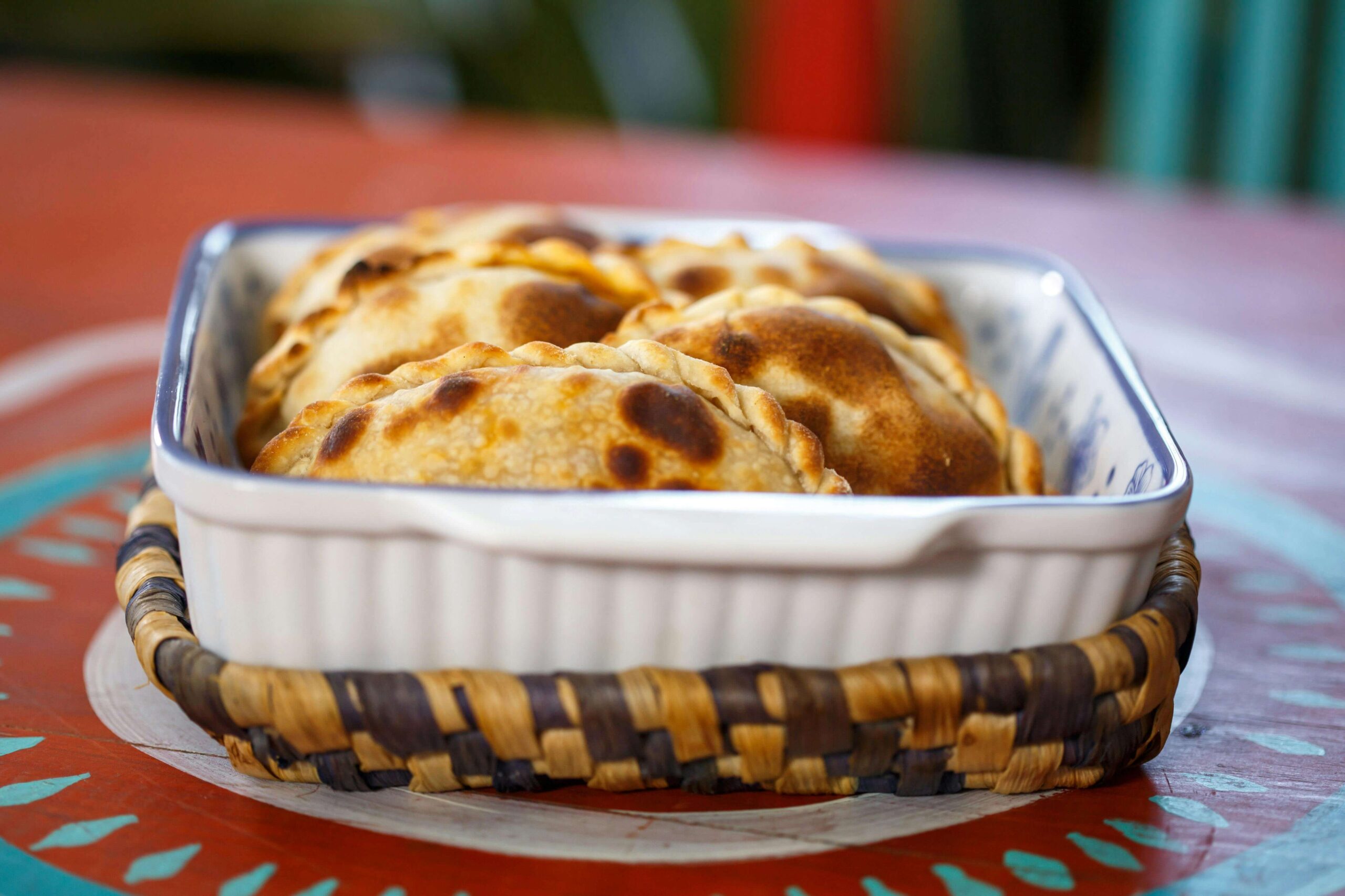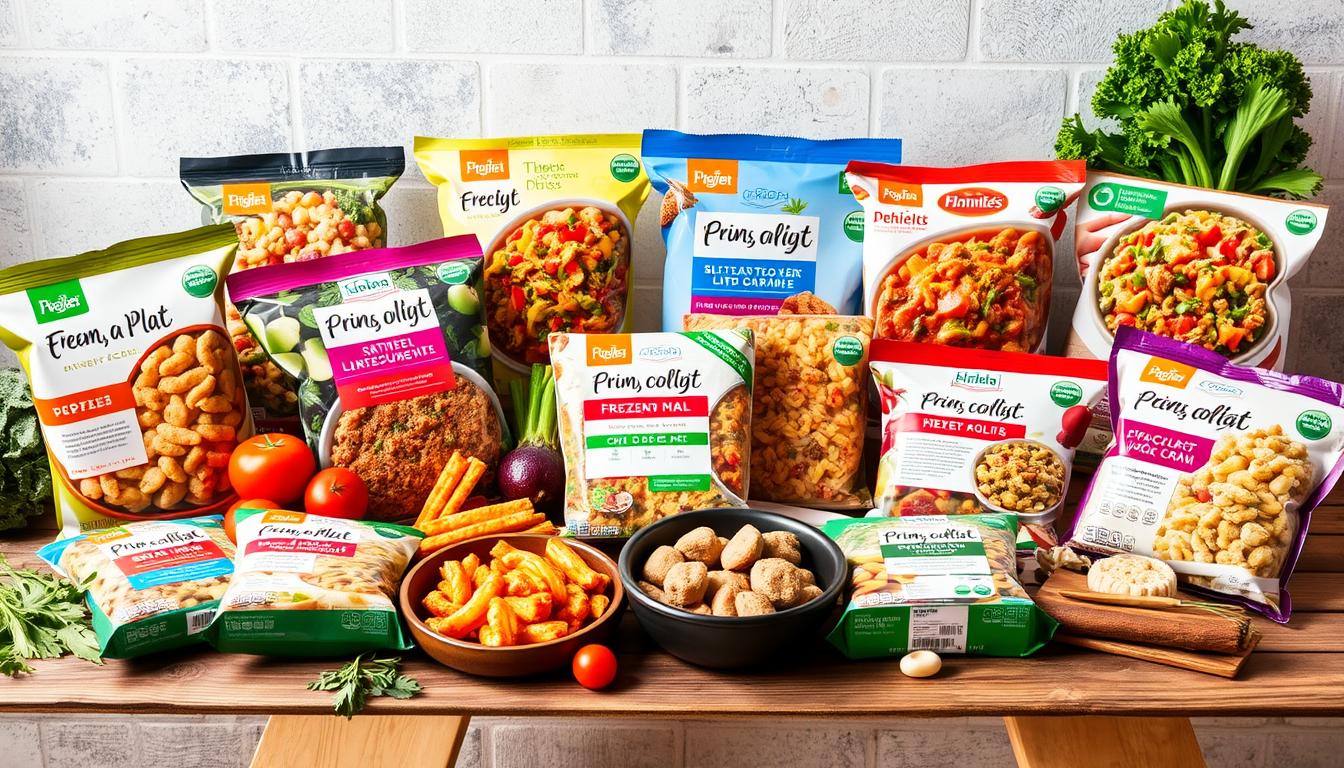
Eating healthy doesn’t have to mean sacrificing flavor or satisfaction. The “In Good Health Sandwich” trend is all about creating tasty, nutrient-packed sandwiches that combine fresh, wholesome ingredients to fuel your body and delight your taste buds. This guide will walk you through everything you need to know about crafting a balanced, nourishing, and flavorful sandwich that’s perfect for any meal of the day.
What Makes a Sandwich “In Good Health”?
An “In Good Health” sandwich emphasizes nutrient-dense ingredients, balanced macronutrients, and fresh, whole foods. Here’s what goes into a health-focused sandwich:
- Whole Grains: Choosing whole-grain bread provides complex carbohydrates and fiber, which help keep you feeling fuller for longer and provide steady energy.
- Lean Protein: Including lean protein, such as turkey, chicken breast, tofu, or legumes, supports muscle repair and keeps you satisfied.
- Healthy Fats: Incorporate sources of healthy fats, like avocado, olive oil, or nuts, for flavor and to aid nutrient absorption.
- Fresh Vegetables: Adding a variety of colorful vegetables increases the nutrient density, providing vitamins, minerals, and antioxidants.
- Flavorful, Low-Calorie Sauces and Spreads: Opt for flavorful spreads, like hummus or Greek yogurt-based dressings, that add taste without excessive fat or sugar.
Building Your “In Good Health” Sandwich: Step-by-Step Guide
Creating a healthy sandwich can be quick and easy. Here’s a simple formula to make your sandwich balanced, nutritious, and delicious:
Step 1: Choose Your Base
Whole-Grain Bread Options:
- Whole Wheat Bread: A staple choice, packed with fiber and essential nutrients.
- Sourdough: Naturally fermented, sourdough bread is easier to digest for some people and has a unique flavor.
- Rye or Pumpernickel: These are often richer in fiber and have a denser texture and flavor.
- Gluten-Free Bread: For those avoiding gluten, options like brown rice or millet-based bread work well.
Alternative Bases:
- Lettuce Wraps: Use large romaine or iceberg lettuce leaves for a low-carb option.
- Collard Greens: For a distinct flavor profile, collard greens provide a more robust, slightly bitter wrap.
- Whole-Grain Tortillas or Wraps: For a portable twist, opt for whole-grain or sprouted wraps.
Step 2: Pick Your Protein
Adding a high-quality protein source will help you stay full and energized throughout the day. Try to keep the protein lean and minimally processed.
- Grilled Chicken Breast: Lean, flavorful, and versatile.
- Turkey: A lower-fat option that works well with a variety of toppings.
- Tofu or Tempeh: Great for plant-based eaters; both can be marinated for extra flavor.
- Hard-boiled eggs: Perfect for breakfast sandwiches.
- Beans or Chickpeas: Try making a chickpea salad sandwich or adding black beans for texture and protein.
Step 3: Load Up on Vegetables
Adding multiple types of vegetables is a fantastic way to increase the nutritional value of your sandwich. For the best taste and texture, use a mix of fresh, crunchy, and roasted or pickled veggies.
- Leafy Greens: Spinach, kale, arugula, or romaine lettuce provide fiber, vitamins, and minerals.
- Crunchy Vegetables: Cucumber, bell peppers, and shredded carrots add freshness and texture.
- Tomato Slices: Tomatoes offer juiciness and are rich in antioxidants like lycopene.
- Avocado: While technically a fruit, avocado adds healthy fats and creaminess without needing extra spreads.
- Sprouts: Alfalfa, broccoli, or radish sprouts give a peppery taste and add a nutritional boost.
Step 4: Add a Flavorful Spread
Rather than high-fat or sugary sauces, go for a healthy, flavorful spread that adds moisture and complements the ingredients.
- Hummus: A Mediterranean classic that’s creamy, filling, and rich in plant-based protein.
- Greek Yogurt-Based Spread: Try a tzatziki or herbed Greek yogurt spread for a lighter alternative to mayonnaise.
- Mashed Avocado: Great for adding creaminess and healthy fats.
- Mustard: Adds tanginess with virtually no calories or fat.
- Pesto: Without overpowering the other ingredients, a tiny bit of basil pesto can provide a flavorful boost.
Step 5: Add Nutritious Extras (Optional)
If you want to add extra texture, flavor, or nutrients, here are some additional toppings to consider:
- Seeds: A sprinkle of chia, sunflower, or pumpkin seeds adds crunch and healthy fats.
- Pickles or Fermented Veggies: Adds probiotics and a tangy flavor, perfect for balancing more decadent ingredients.
- Fresh Herbs: Basil, cilantro, or dill can enhance the taste of your sandwich without extra calories.
- Cheese (in moderation): For a bit of indulgence, a slice of low-fat cheese, feta, or fresh mozzarella can add creaminess and calcium.
Sample Recipe: Mediterranean “In Good Health” Sandwich
This recipe is a nutrient-packed Mediterranean-inspired sandwich that combines fresh veggies, lean protein, and healthy fats.
Ingredients:
- 2 slices of whole-grain bread
- 3 oz grilled chicken breast (or tofu for a plant-based option)
- 1/4 avocado, mashed
- Handful of spinach leaves
- 1/2 cucumber, sliced
- 1 tomato, sliced
- 1 tbsp hummus
- Sprinkle of sunflower seeds
- 1 tbsp crumbled feta cheese (optional)
Directions:
- Spread the mashed avocado on one slice of bread and the hummus on the other.
- Layer the spinach, grilled chicken breast, cucumber, and tomato slices over the avocado.
- Sprinkle sunflower seeds and feta cheese (if using) for added texture and flavor.
- Place the second slice of bread on top, cut the sandwich in half, and enjoy!
Health Benefits of the Mediterranean “In Good Health” Sandwich
- Fiber: Whole-grain bread, vegetables, and seeds provide ample fiber, aiding digestion and keeping you satisfied.
- Lean Protein: Chicken (or tofu) provides protein, supporting muscle maintenance and overall energy.
- Healthy Fats: Avocado and sunflower seeds contribute heart-healthy fats, which are also beneficial for brain health.
- Vitamins and Minerals: The combination of fresh vegetables adds vitamins A, C, and K, as well as folate, iron, and potassium.
Tips for Making Your “In Good Health” Sandwich Travel-Friendly
If you’re preparing a sandwich for work or an outdoor adventure, follow these tips to keep it fresh and delicious:
- Choose sturdy bread: Whole-grain or rye bread tends to hold up well and doesn’t get soggy.
- Layer strategically: Place ingredients like lettuce or spinach between the spread and protein to prevent the bread from getting soggy.
- Pack veggies separately: For maximum freshness, you can keep the veggies in a separate container and add them just before eating.
- Wrap it up: Wrap your sandwich tightly in parchment paper or use an airtight container to keep it compact and fresh. Visit here for more info
Final Thoughts
The “In Good Health” sandwich is more than just a meal—it’s a balanced, delicious, and wholesome way to stay energized throughout the day. By following straightforward guidelines, you can create a variety of sandwiches that support your nutritional needs and satisfy your taste buds. The next time you’re looking for a quick, healthy meal, try building your own “In Good Health” sandwich and enjoy the perfect blend of flavor, nutrients, and satisfaction.







